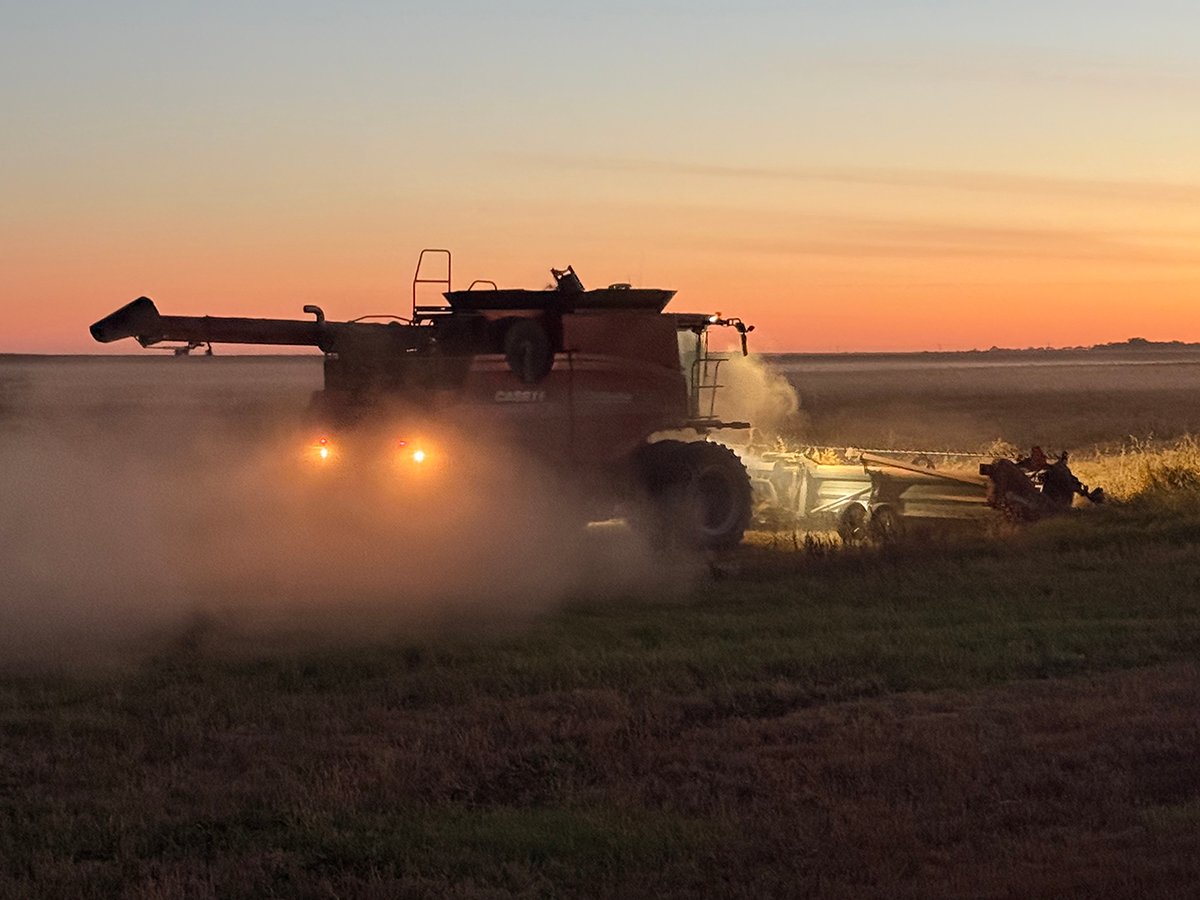I stopped in at the Potato Growers of Alberta head offices in Taber Tuesday, just after they’d got word that the Maple Leaf processing plant in Lethbridge had been sold to Cavendish Farms, based in New Brunswick.
Folks there were busy assessing the news, and while cooling my heels and waiting to have a word, I talked the PGA office manager into a copy of the Weed Identification Guide, a sturdy little book distributed by Syngenta.
It’s got lists of grassy weeds, broadleaf weeds, a fairly straightforward “vegetative key”, a glossary and best of all, at least two photos of each weed. Some of them look similar, especially when they’re babies.
Read Also

Downturn in grain farm economics threatens to be long term
We might look back at this fall as the turning point in grain farm economics — the point where making money became really difficult.
So now I’m going to study up and become absolutely brilliant at field days in 2013 when some egghead agronomist holds up a weed and asks someone to shout out the name.
“Saponaria vaccaria,” I will call, when the dreaded cow cockle is displayed. “Xanthium strumariam,” I will cry, when shown the common cocklebur. I will be quick on the reflexes when Amaranthus retroflexus makes an appearance, as it does so often in my yard, though I just call it redroot pigweed.
Usually during these field days I’m standing somewhere near Lee Hart, who apparently works for some ag publication, and who of course knows all the fancy weed names but modestly keeps them to himself. Boy, I can hardly wait to stun him with my keen knowledge of Ambrosia artemisiifolia.
With weeds uppermost on my mind, the latest news release from the Weed Science Society of America caught my eye. They provided the following facts about weeds as part of a public awareness campaign.
1. A mature saltcedar plant consumes 300 gallons of water a day.
2. Tiny seeds from horseweed have been known to travel 300 miles by air. Specially equipped model airplanes have tracked horseweed seed in the earth’s planetary boundary layer.
3 A single four-inch shoot hydrilla can grow by 3,200 inches in just 35 days.
4. Each acre of U.S. cropland contains 50 million to 300 million buried weed seeds. Five to 10 percent of them germinate and emerge each year.
5. Cows that graze on garlic mustard or other mustard weeds produce milk with a garlic flavor. Similarly, wild garlic can “flavor” wheat crops and reduce their market value. It’s not the best way to make garlic bread.

















